By Kat McDaniel, Principal at MEDiAHEAD
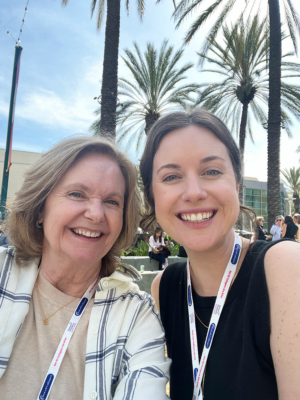 This show was crazy – some 3,000 brands and 80,000 people converged in Anaheim, CA recently for the annual natural products extravaganza. There were several trends showcased, all of which are making their way to us through retailers. And, congrats to all the brands that keep changing the food we eat for the better.
This show was crazy – some 3,000 brands and 80,000 people converged in Anaheim, CA recently for the annual natural products extravaganza. There were several trends showcased, all of which are making their way to us through retailers. And, congrats to all the brands that keep changing the food we eat for the better.
One trend that made me happy was the absence of artificial sweeteners, like saccharin and aspartame. Most companies are switching to natural sugars like dates, honey, maple syrup, agave, and fruit purees. I tested products all day long and I can assure you – they were delicious!
Matcha. Yummy.
One habit I picked up at the show was matcha – energy without the shakes. As soon as I returned to Kansas City I ordered a case of taika Matcha Latte and MatchaKo lemonade. Millennials and Gen Zers are drifting away from caffeine and looking for products that provide the buzz without the jitters.
Back to Basics
Many products are moving back to basics. Aren’t we all tired of picking up a product in the grocery store that has 25 ingredients, most of which we cannot pronounce? Why not just have fruit in a jar, instead of the product being jammed with sugar and laboratory ingredients.
Nostalgia
 Nostalgia was big. Remember all the foods your mom used to buy or cook for you as a kid? They’re back and tapping into those fond memories. Remember Neapolitan ice cream, chocolate sauce and zucchini bread? Brands are having fun exploring and recreating experiences.
Nostalgia was big. Remember all the foods your mom used to buy or cook for you as a kid? They’re back and tapping into those fond memories. Remember Neapolitan ice cream, chocolate sauce and zucchini bread? Brands are having fun exploring and recreating experiences.
NABs, Wine and Spirits
Non-alcoholic beverages have come a long way and were on display everywhere at the show. My favorite Gia and Seedlip dominated, but I was also introduced to many small brands that are emerging. Wine, craft beer – even Guinness was there with a dark beer. Spirits, ready to drink beverages with adaptogens to manage stress and restore balance – even amaro’s. The N/A beverage movement got its start in the natural channel and continues to thrive as evidenced by the show.
I must admit the show, so many people, the traffic in LA and parking were something I had never experienced before, but I can’t wait to go back next year!

 By
By 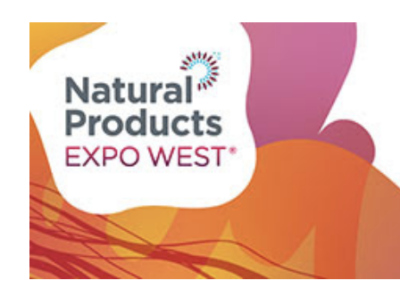
 By
By 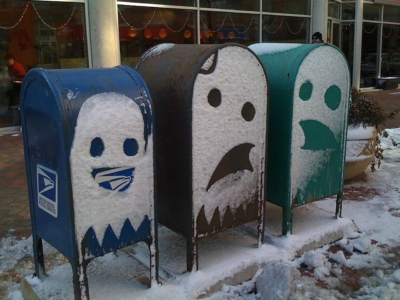 The United State Postal Service also recommends that you:
The United State Postal Service also recommends that you: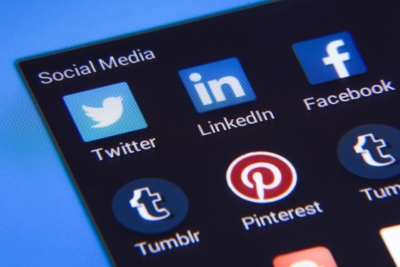 By
By 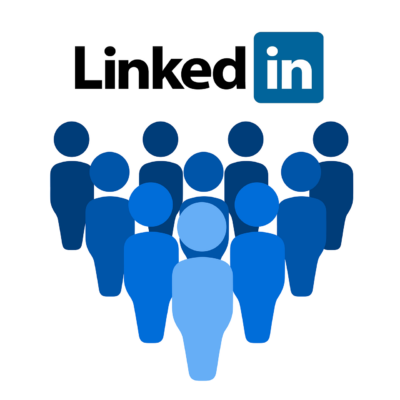 This again is partly driven by the pandemic: people were suddenly given free rein to be vulnerable and express their fears online in front of their colleagues. Remote work simultaneously lowered inhibitions and eroded much of the in-office etiquette people are accustomed to.
This again is partly driven by the pandemic: people were suddenly given free rein to be vulnerable and express their fears online in front of their colleagues. Remote work simultaneously lowered inhibitions and eroded much of the in-office etiquette people are accustomed to.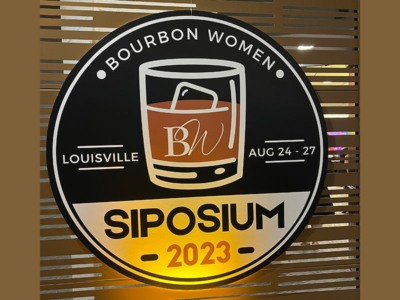

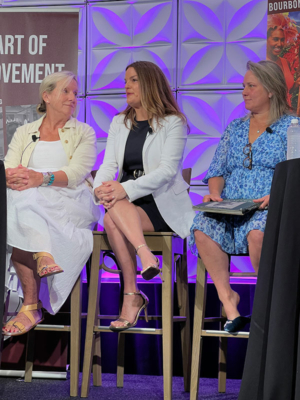
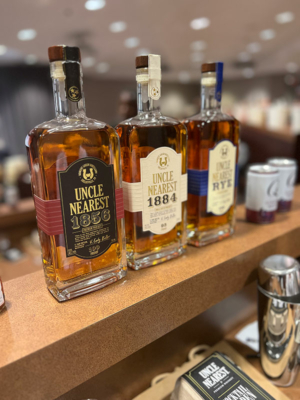
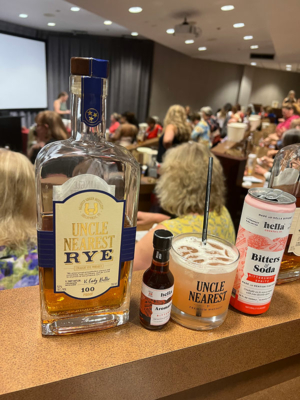
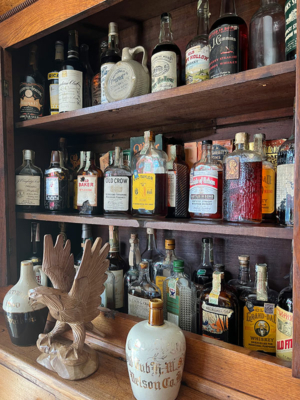
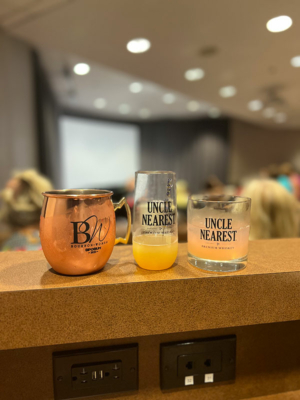
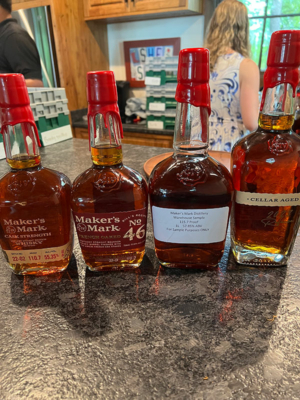

 By
By  We can’t forget that even though this is a business relationship, people’s feelings are involved. Most importantly, Kansas City is a VERY small town, so be respectful.
We can’t forget that even though this is a business relationship, people’s feelings are involved. Most importantly, Kansas City is a VERY small town, so be respectful.

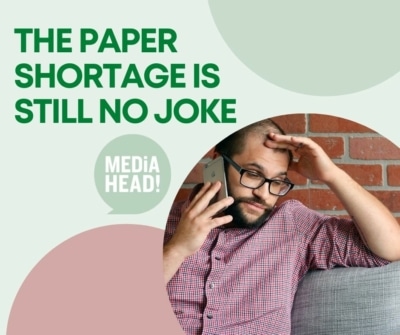 While we’ve felt the pains of the paper shortage in the printing industry for a long time, the extreme, national paper shortage is creating order delays and some printers are refusing work since they just don’t have any paper on the floor.
While we’ve felt the pains of the paper shortage in the printing industry for a long time, the extreme, national paper shortage is creating order delays and some printers are refusing work since they just don’t have any paper on the floor.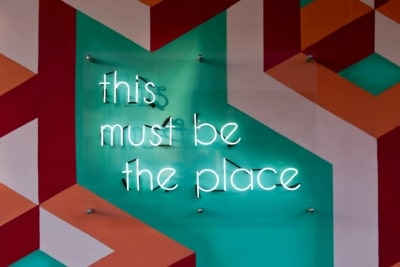 Got a product or service to sell? Then your company has value beyond the sale. Innovative companies communicate this value, directly and indirectly, every time they send a direct mail piece, blast an email, or design packaging for their products. How do they do that? It starts with creating a value proposition.
Got a product or service to sell? Then your company has value beyond the sale. Innovative companies communicate this value, directly and indirectly, every time they send a direct mail piece, blast an email, or design packaging for their products. How do they do that? It starts with creating a value proposition.


